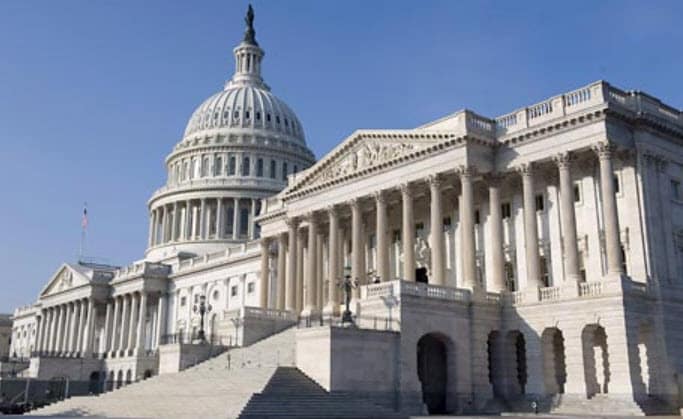In the parlance of long-running, multi-season TV shows, the term “jump the shark” denotes that point at which the series popularity begins to decline. It usually cites a particular show in which the characters in the show do something a bit absurd, maybe so much beyond the mythos of the show that it begins to destroy that mythos and, maybe, the TV audience’s love affair with the themes and the characters.
The term got its name, “jump the shark” from the 1970’s TV series “Happy Days,” about a mid-western family and their friends. Happy Days “jumped the shark,” began to decline in popularity, when one of the characters, Arthur Fonzarelli, aka, Fonzie or The Fonz, in an episode in the later stretch of the series run, pulled off an outlandish water-skiing stunt by jumping a shark pit.
This idea has been linked to virtually all multi-season shows, as well as some other situations, in a 2002 book of the same name by Jon Hein, a magazine writer of some renown. Hein analyzes nearly 300 TV shows, sports organizations, music groups, celebrities and political careers in the same vein. This type event seems to be signaling a major inflection point in the history of organizations, events and people and it occurs to me that we could look at our own lives in addiction in just the same way. We could see such an event, first, as that event in our drinking history when our behavior was so bad, when an event of absolute insanity occurred, in front of a large gathering of our family, friends, and communities, that it absolutely confirmed our descent into insanity in the larger cosmos. For this alcoholic, it happened at the end of a Texas high school football championship game when, before 20,000 people (family, friends, business acquaintances, and just people) in the Astrodome, I took off across an empty field chasing the referee to complain of a bad call that cost us the game.
Or, from a different perspective, it could be that point at which, in our efforts to recovery, we finally got it, when we finally grasped the idea of “doing what it takes.” Stopping the drinking and using, going to meetings, working the steps, listening intently to our Fellows, it occurs to us one day, almost out of the blue, that we could do this. That the scourge of alcohol and drugs and debilitating behaviors was being lifted.
We had to, we have to keep working the program, but the realization that recovery had begun, in earnest, was truly at hand. What a great day…


